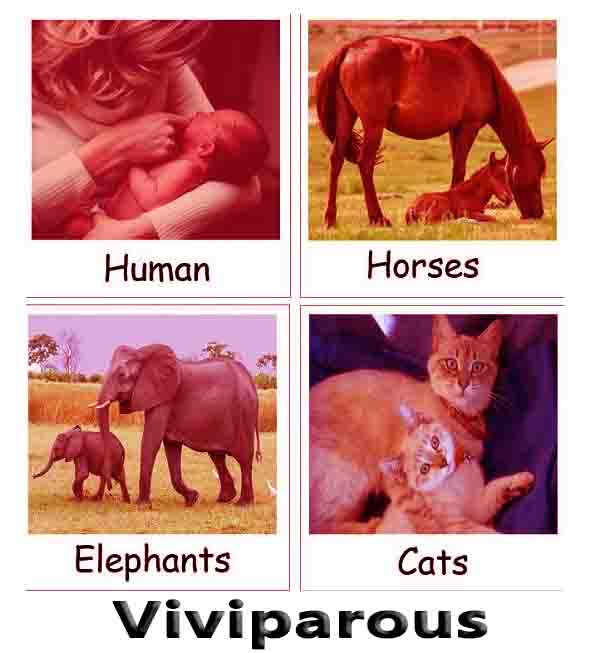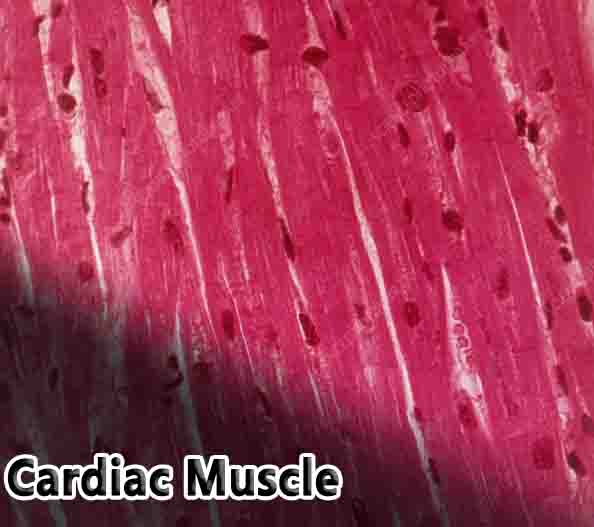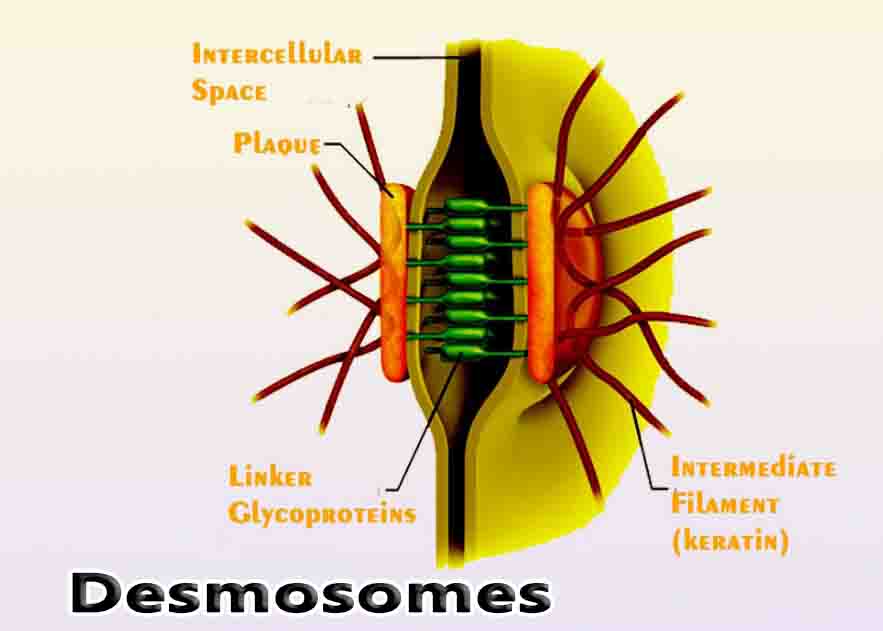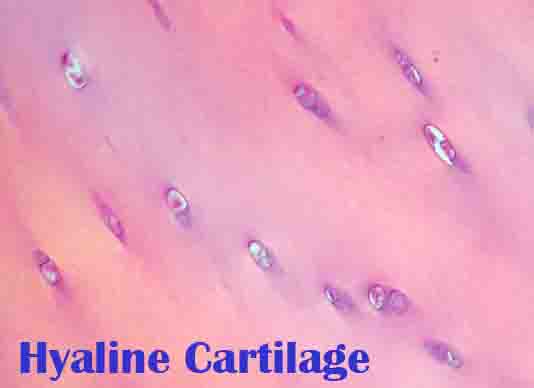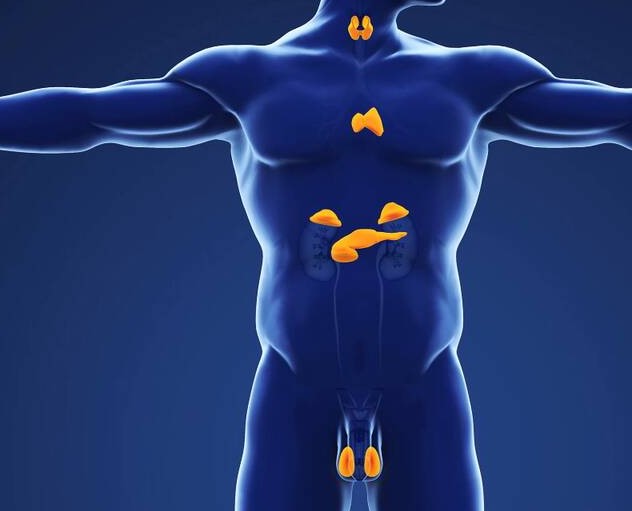Steam Deck Shipping Time: How Long Does It Take For Steam Deck To Ship?
Would you like to know the shipping and delivery time for your new Steam Deck? Don’t worry, we’ve got you covered! Would you like to know how long it will take for your Steam Deck to arrive? Keep reading to find out more! Your Steam Deck has been ordered and paid for, and you are … Read more


